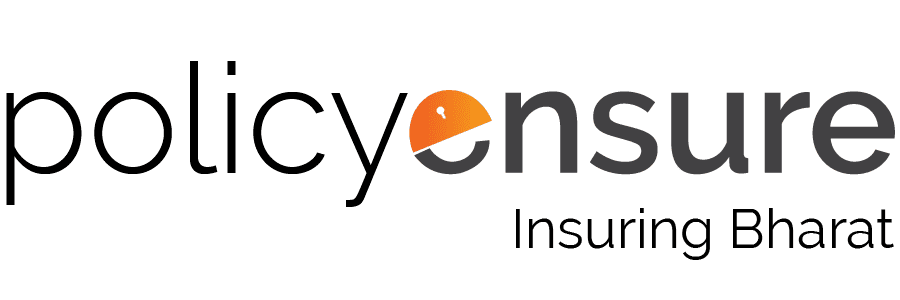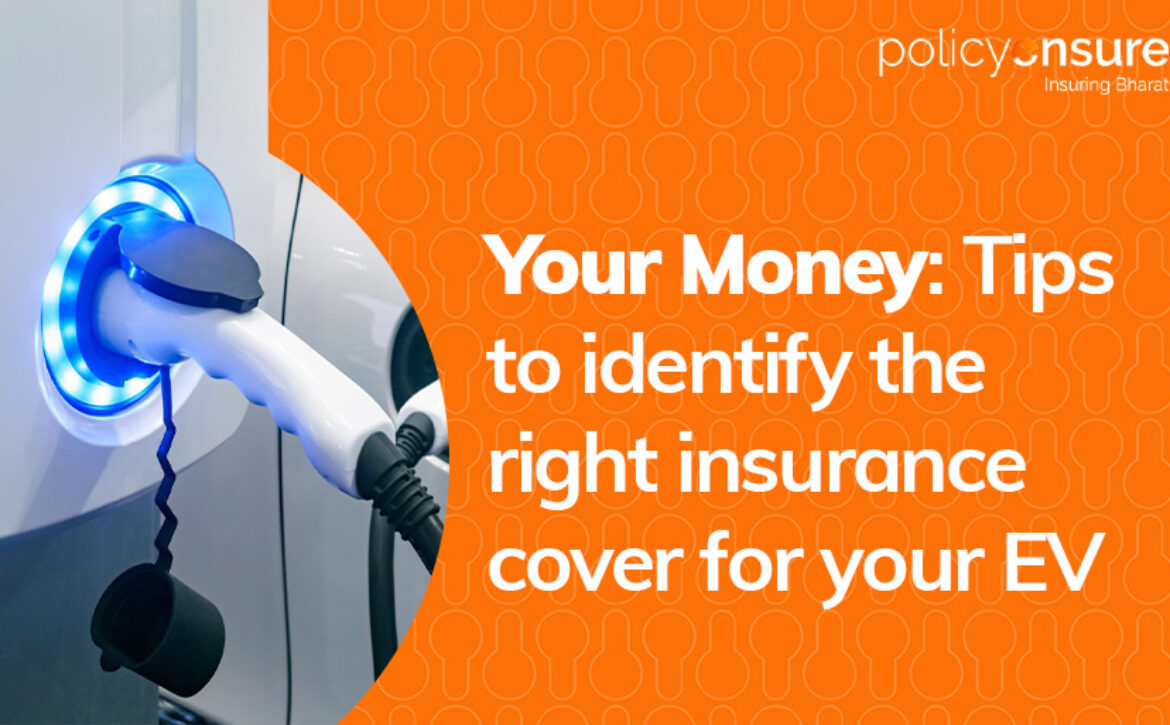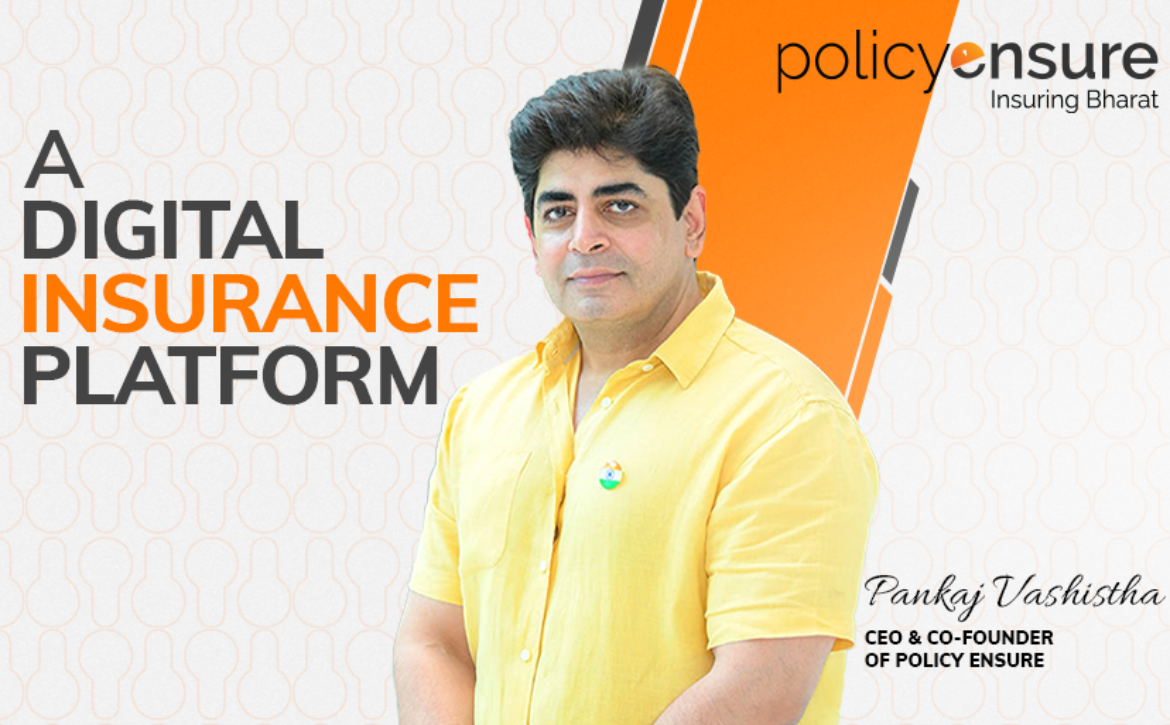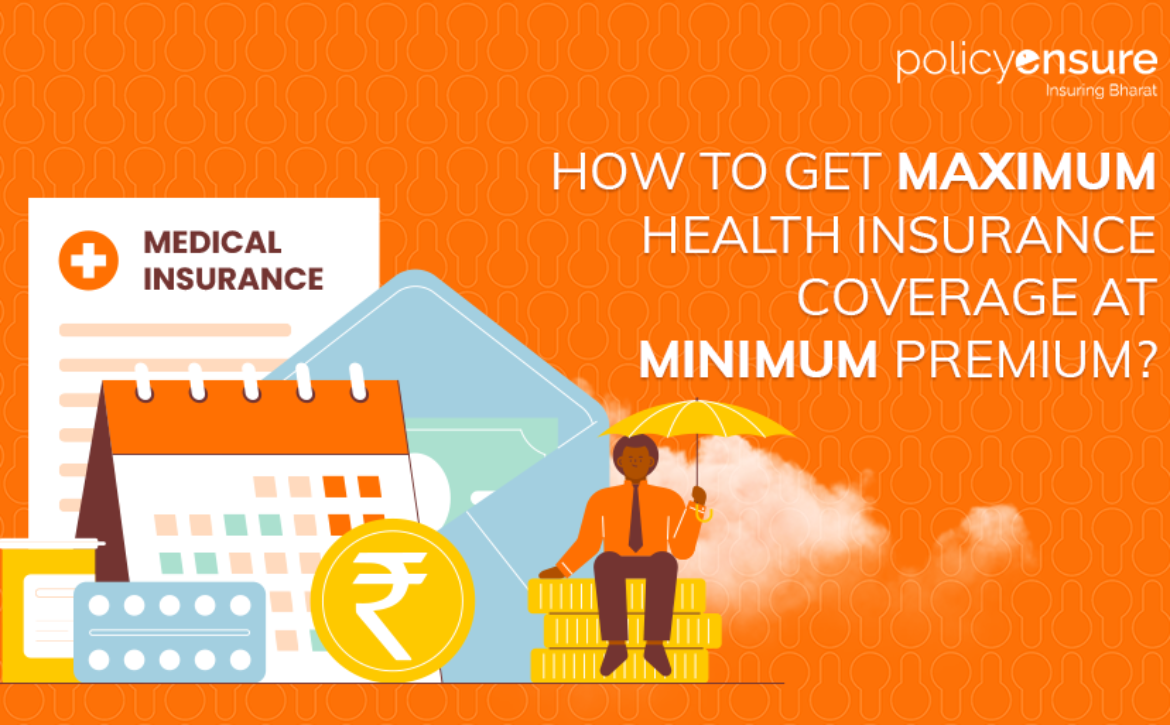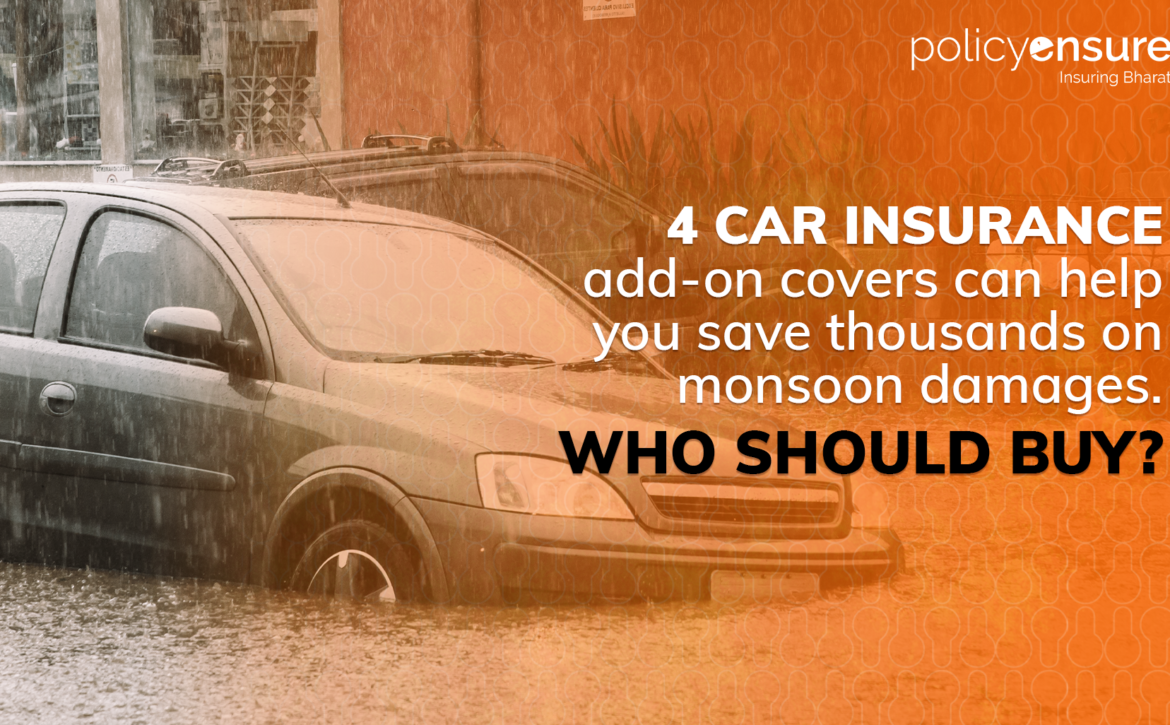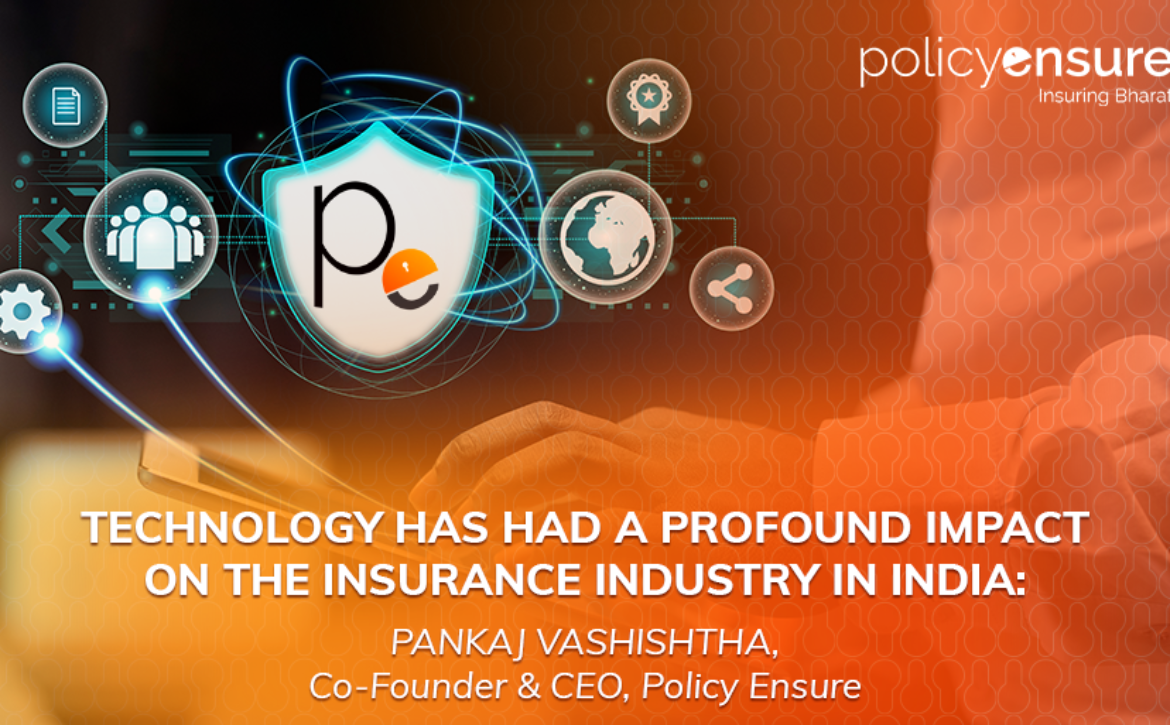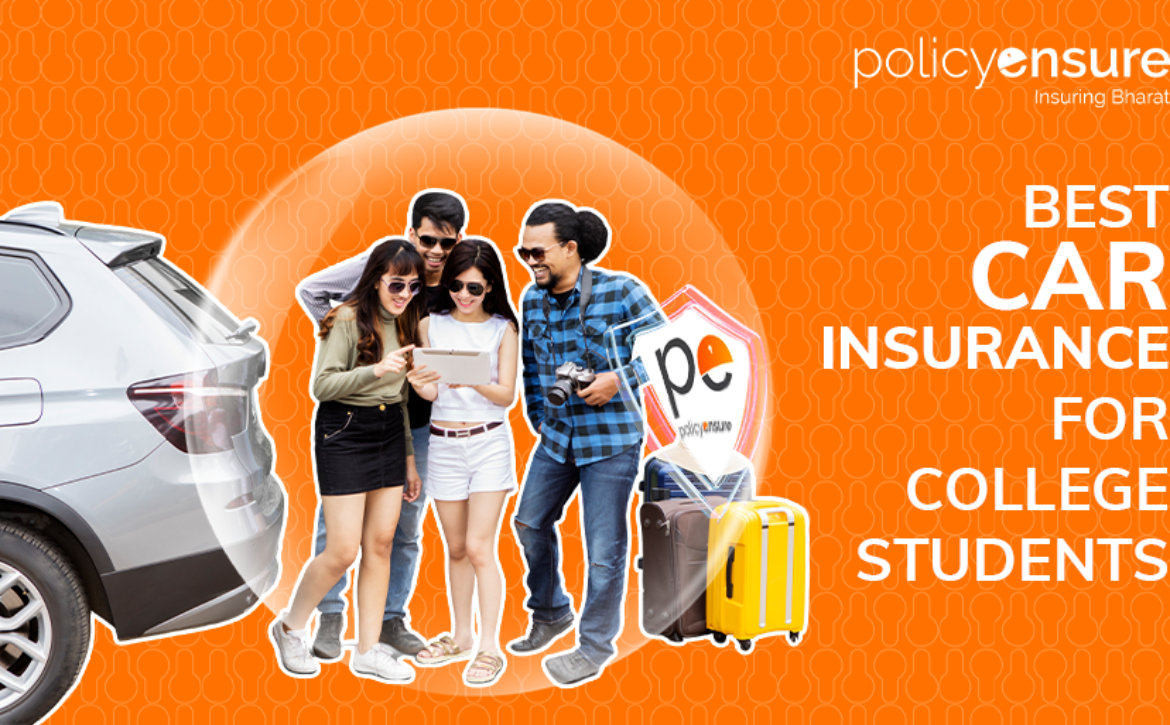Pankaj Vashistha is a seasoned business professional with over 30 years of experience in multiple industries such as hospitality, office automation, consumer durables, Digital Insurance, and telecommunications.
He has worked with well-known corporate names like Tata, Reliance, and Gillette in various parts of India, which gave him kaleidoscopic insights into the real India and its enormous business opportunities, talent pool, and distribution network.
As the CEO and co-founder of Policy Ensure, Pankaj is responsible for its impressive ramp-up in terms of regional presence, alliances, operational growth, and strengthening of professional headcount/teams.
His impeccable understanding of the distribution network and building effective teams across this network has enabled Policy Ensure’s business growth in tier-2/3 markets, leading to series A-B funding and more than 100% growth (YoY) at a sustainable level.
Pankaj’s success as a professional comes from his belief in holistic well-being, which includes fitness and positive affirmations to set the rhythm for the day and for life.
He believes that the manner in which something is carried out will result in a change and that the ability to see the big picture is essential for success.
Overall, Pankaj’s entrepreneurial spirit, strategic thinking, and leadership skills have helped him in his journey from a traveling salesman to the CEO of a successful start-up.
Pankaj Vashistha has a rich background with over 30 years of experience, starting his career in 1992-93 in hotel management and then transitioning into various industries such as office automation, telecom, consumer durables, FMCG, and Digital Insurance.
His expertise lies in distribution-driven backgrounds, where he has played a key role in establishing strong distribution networks for the companies he worked with.
The inspiration behind starting Policy Ensure was twofold. Firstly, Pankaj recognized the immense opportunities available in the Digital Insurance sector, considering the low penetration rate of only 3%. With such a vast untapped market, he saw significant potential for growth and development.
Secondly, Pankaj observed that insurance primarily catered to metro cities and affluent individuals, leaving out a substantial portion of the population residing in Class B and smaller cities.
He also understood that insurance plays a crucial role in social security. Combining these factors, he identified a significant opportunity to bridge the gap and provide Digital Insurance solutions to a wider range of customers.
Please tell us a little about your entrepreneurial journey
Pankaj embarked on his entrepreneurial journey in 2017 with the establishment of Policy Ensure. Initially, the company had a small team of only five people, but through dedicated efforts and consistent growth, they have expanded to a workforce of 90 individuals.
Starting from a single location, Policy Ensure has now extended its presence to 32 locations, with plans to further expand to a minimum of 100 locations in the upcoming financial years.
Throughout his entrepreneurial journey, Pankaj has successfully built and scaled Policy Ensure, growing both the team and the company’s reach.
With a focus on leveraging technology and expanding their presence, Policy Ensure aims to provide comprehensive insurance services and strengthen their position in the industry.
Kindly brief us about Policy Ensure, its specialization, and the services that it offers
Policy Ensure is an insurance distribution company that aims to increase insurance penetration in India, particularly in B and C cities. Unlike many broker houses that focus solely on technology-driven approaches, Policy Ensure has developed a unique phygital model .
The company believes that distribution plays a crucial role in expanding Digital Insurance coverage, and technology acts as a facilitator rather than the sole driver of operations. Policy Ensure recognizes the importance of transparency in the insurance industry and aims to address the issues of mistrust and mis selling that have emerged over the years.
To achieve its goals, Policy Ensure adopts a phygital model, which involves having a physical presence at each location they serve. This physical presence allows for personalized interactions and builds trust with customers. Additionally, Policy Ensure provides a user-friendly technology platform that enhances the ease of doing business and ensures transparency throughout the insurance process.
By combining distribution expertise, technology facilitation, and a commitment to transparency, Policy Ensure strives to increase insurance penetration in India and cater to the needs of customers in B and C cities.
What makes Policy Ensure different from other insurance providers in the market?
Policy Ensure distinguishes itself from other broker houses in India by adopting a distribution driven approach.
While many brokers focus on being technology-driven intermediaries, Policy Ensure has developed a phygital model where physical presence gives trust and technology gives transparency and better choices.
How has technology helped Policy Ensure streamline the insurance process for customers?
Technology has played a crucial role in helping Policy Ensure streamline the insurance process for customers, addressing one of the major challenges faced by the insurance industry—mis-selling.
Insurance products are complex contracts with various coverage options, making it essential for customers to have a clear understanding of what they are purchasing.
Policy Ensure utilizes technology to provide customers with a transparent and user-friendly platform. Through this technology, customers have access to a digital contract that outlines the details of the insurance product, including coverages and premiums. This empowers customers to make informed decisions based on their specific needs and preferences.
What steps has Policy Ensure taken to ensure that customer data is kept safe and secure?
By leveraging technology, Policy Ensure ensures that customers have a transparent view of the insurance products available to them.
They can choose their own coverages and premiums, customizing the policy according to their requirements. This eliminates the risk of mis-selling and enables customers to have greater control and understanding throughout the insurance purchasing process.
In summary, technology has enabled Policy Ensure to simplify the insurance process, enhance transparency, and empower customers to make informed choices.
By providing a user-friendly digital platform, Policy Ensure ensures that customers have a clear understanding of the insurance products they are purchasing, ultimately improving the overall customer experience.
How does Policy Ensure plan to expand its offerings in the future?
Policy Ensure plans to expand its offerings by introducing new verticals and diversifying its product portfolio.
Currently focused on general insurance, they intend to add health insurance and life insurance as additional verticals in the coming financial year.
By expanding their product range, Policy Ensure aims to cater to a broader customer base and increase their market presence.
What challenges have you faced in launching and growing Policy Ensure, and how have you overcome them?
Regarding the challenges faced during the launch of Policy Ensure, Pankaj Vashistha mentions two significant hurdles.
The first challenge was navigating the regulatory landscape of the insurance industry. As a highly regulated market, it was crucial for Policy Ensure to ensure compliance with the regulatory requirements, which involved a time-consuming process.
However, by adhering to the regulations and ensuring everything was done properly, they were able to overcome this challenge.
The second challenge was related to internet penetration, particularly in the B and C class cities. Availability of a reliable internet connection was crucial for their business model, which combined physical presence with technology.
With the growth of telecom companies and the government’s increasing focus on the insurance sector, Policy Ensure has witnessed improvements in internet penetration, making their operations more successful.
By addressing these challenges, Policy Ensure has been able to establish itself in the market and expand its reach.
What was the inspiration behind turning into an entrepreneur
The biggest inspiration behind Pankaj decision to become an entrepreneur was the desire to pursue what he truly loved doing.
From the very beginning, he extensively researched various organizations and fields, seeking a time when he could align his passion with his work.
The inspiration stemmed from a deep longing to have the freedom to shape his own path and operate according to his own vision.
Pankaj recognized that starting his own business would allow him to work in a manner that resonated with his unique thought process and approach.
Ultimately, the inspiration behind becoming an entrepreneur was driven by the aspiration to have autonomy, follow his passions, and chart his own course.
By establishing his own business, Pankaj found the opportunity to align his work with his personal values and create a venture that reflected his own mindset and aspirations.
What role do you see technology playing in the future of the insurance industry?
Technology is poised to play a pivotal role in the future of the insurance industry, particularly in terms of enhancing transparency and expanding market penetration.
Currently, there is a lack of awareness and understanding among potential customers about insurance products and their benefits.
However, with the increasing reach of the internet and technology platforms, individuals, including those in rural areas or with limited access to information, will have the means to make informed decisions about the insurance coverage they need.
As technology continues to advance and reach underserved areas, it will facilitate greater transparency in the insurance buying process.
Customers will have access to information about various insurance products, their coverage options, and pricing, empowering them to select the most suitable policies for their specific needs.
For instance, individuals residing in remote villages, who may not have had exposure to insurance concepts previously, can now leverage technology, including the internet and social media platforms, to gain awareness and understanding about insurance.
What advice would you give to aspiring entrepreneurs who are interested in starting their own insurance business?
The advice Pankaj Vashistha would give to entrepreneurs interested in starting a business is to prioritize patience.
He believes that having patience is crucial in the journey of entrepreneurship. Success may not come immediately, and there might be delays and obstacles along the way, but with patience, one can persevere and eventually achieve their goals.
Starting a business requires dedication, hard work, and resilience. It is essential to understand that building a successful venture takes time and effort.
Entrepreneurship is a long-term commitment, and setbacks and challenges are inevitable. However, by maintaining patience, entrepreneurs can navigate through the ups and downs, learn from their experiences, and continue moving forward.
Pankaj Vashistha emphasizes that while success might not come overnight, having patience and staying committed to their vision will eventually lead to achievements.
It is important to stay focused, adapt to challenges, and keep pushing forward, knowing that success is within reach.
What are your long-term goals for Policy Ensure, and how do you plan to achieve them?
The long-term goal for Policy Ensure is to become the leading Digital Insurance distribution company in India. Pankaj Vashistha envisions achieving this goal within the next three years.
The company is well on track to accomplish this ambition as it plans to expand from 32 locations to 300 locations in just two years.
Pankaj Vashistha strongly believes that distribution plays a vital role in the success of any business. By focusing on expanding their physical presence across different regions, Policy Ensure aims to establish a strong distribution network and enhance their reach to customers.
To achieve their long-term goals, Policy Ensure will continue to prioritize their distribution strategy and invest in physical locations across India.
By effectively reaching customers in various cities and towns, they aim to increase insurance penetration and become the preferred choice for Digital Insurance distribution.
What are your success tips for young and aspiring entrepreneurs?
Pankaj’s success tips for young and aspiring entrepreneurs revolve around the importance of patience, and focus. Here are the key success tips:
Patience: Entrepreneurship is a journey that requires patience. Success may not come immediately, and setbacks and challenges are inevitable.
Maintain patience and persevere through obstacles. Remember that delayed success is not a failure, but rather an opportunity to learn and grow. Patience allows you to stay committed to your goals and overcome hurdles along the way.
Focus: Stay focused on your long-term goals and vision. Avoid getting distracted by short-term setbacks or trends.
Maintain clarity and direction, and consistently work towards your objectives. Focusing on your core mission will help you make strategic decisions and effectively navigate the entrepreneurial journey.
By embracing patience, and focus, young and aspiring entrepreneurs can lay a strong foundation for their ventures.
These qualities contribute to resilience, adaptability, and the ability to sustain long-term growth. Remember that success in entrepreneurship often requires time and dedication, so stay committed to your goals and keep pushing forward.
